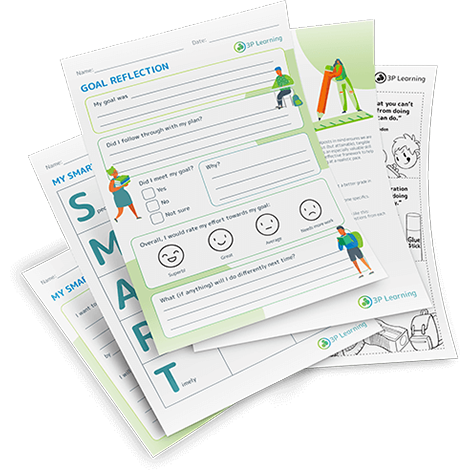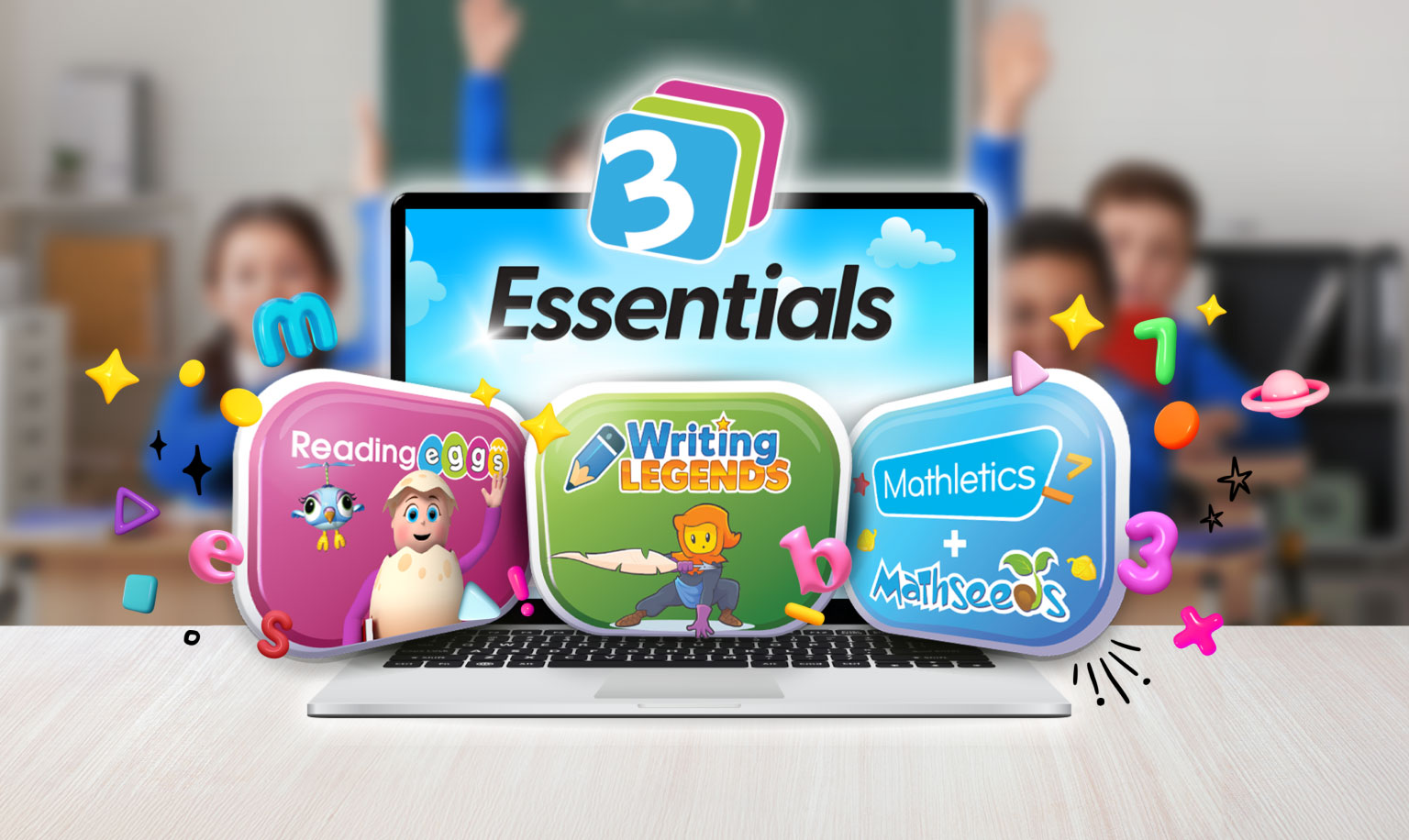
As the workload grows and the demands for results get louder, it’s never been more important to make sure we’re effective in student goal setting.
For that, our learners’ goals to be SMART, and we need to make good use of formative assessment.
What are SMART goals and why do they matter?
SMART stands for:
- Specific
- Measurable
- Attainable
- Relevant
- Timely
At its simplest, it means we’re setting goals that are realistically achievable, tangible, and meaningful. This is especially valuable for students as it teaches them an effective framework to help them maintain their learning at a realistic pace.
What does this look like in practice?
Start with a regular goal – for example, one of your students might ‘want to be better in mathematics’. Next, we want to add the nuance and context that makes it SMART by adding the specifics, making sure it’s measurable, ensure it can be achieved, check that it’s relevant, and that it can be done in a certain time period.
“This term I am going to make sure I ask the teacher if there is something I am struggling with in mathematics. I am also going to do a handful of revision questions from each day’s lesson for homework so I don’t forget what I’ve learned. I will try to achieve higher marks in each test this year.”
What are formative assessments?
Formative assessments are regular, low-stakes assessments to see where students are in their learning journeys. It helps both you and your students identify their strengths, and immediately manage their learning struggles.
What does it look like in practice?
Great formative assessments are unmarked, informal, and low-stress – here are methods we’ve found useful:
- Exit slips
- Journal entries
- Analogy prompts
- Drawing concept maps
- One-sentence summaries
- Knowledge rating scales
Help students meet SMART goals using formative assessment
Formative assessments are a useful way to gauge where your students are in relation to their SMART goals. By regularly evaluating learners in a low-stakes environment you can determine whether it’s time to move onto a new goal or if more focus is needed on the current objectives.
Remember: All your objectives should be realistic with a dash of ambition, requiring effort and focus to achieve. You need timeframes and measurable action steps, like formative assessments, along the way so students can keep track of progress and make adjustments where needed.











